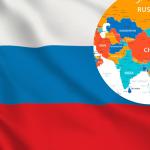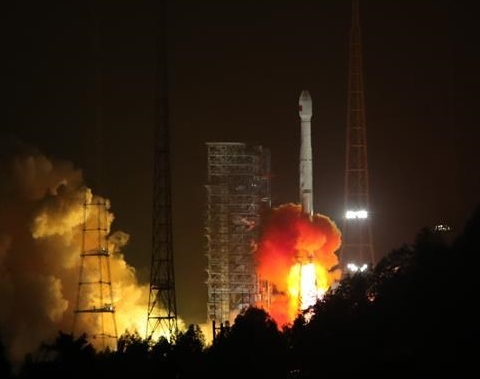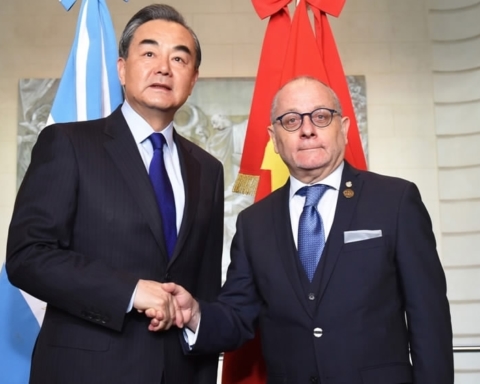China’s factory inflation slowest in 13 months and this gives policymakers a freer hand to focus on industrial overcapacity and pollution. China’s producer price index (PPI) slid to the lowest level since November 2016 last month with 4,9%, because the government’s war against winter smog dented factory demand for raw materials in a sign the world’s second largest economy has started to slow. The data also showed consumer inflation accelerating less than expected and remaining well within the central bank’s comfort zone. The government repression on smog in the heavily industrialized northern provinces has in fact hit demand for raw materials and have weighed on investment. While pollution curbs have had a disinflationary effect on producer prices, the resulting supply disruptions have triggered fears of supply shortages in some segments, giving a major boost to upward pressure to prices.

DPRK seeks global support for peace on Korean Peninsula
The official media of the Democratic People’s Republic of Korea (DPRK) today










